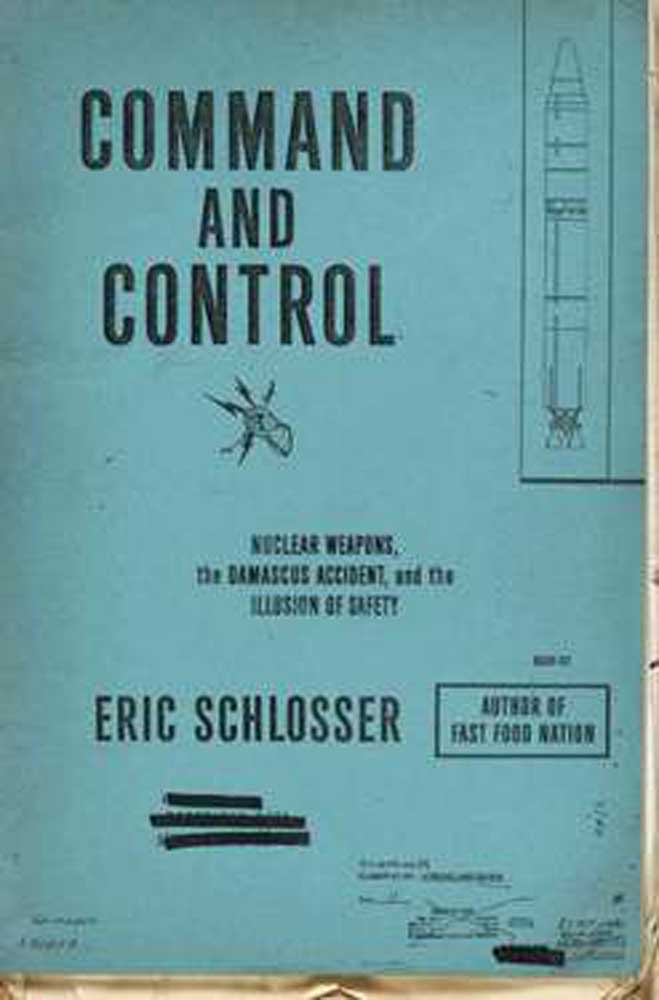‘Command and Control’ tracks nuclear mishaps
Published 5:00 am Sunday, September 22, 2013

- ‘Command and Control’ tracks nuclear mishaps
“Command and Control:
Nuclear Weapons,
the Damascus Accident,
and the Illusion of Safety” by Eric Schlosser (Penguin, 632 pgs., $36)
It is shocking to contemplate, but the nuclear detonations that destroyed Nagasaki and Hiroshima were mere pinpricks. Consider this: the W-53 warhead, the most powerful weapon in America’s Cold War nuclear arsenal, had three times the explosive force of all the bombs dropped in the Second World War — including the atomic bombs dropped on Japan.
Such weapons of mass annihilation have never since been used intentionally. The Soviet Union and the United States avoided nuclear war — mutually assured destruction, the theory goes, enforced the peace. Yet things might have gone very badly. As Eric Schlosser, author of “Fast Food Nation,” suggests in his extraordinary new book, that things did not go boom was more a function of dumb luck than wise policy.
Awe-inspiring in its research and organization, “Command and Control: Nuclear Weapons, the Damascus Accident, and the Illusion of Safety,” is the most edifying work of nonfiction I have read this year. It is also the most frightening. Combining a forensic, hair-raising account of the 1980 accident at a nuclear missile silo outside Damascus, Ark., with an equally hair-raising history of the mishaps and safety issues that have dogged nuclear weaponry, Schlosser surveys “the operating systems and the mindset that have guided the management of America’s nuclear arsenal for seventy years.”
This is a long, demanding book, brimming with complex technical details and expositions of nuclear strategy. Schlosser, however, is a masterful guide. His prose is clear, calm and pinpoint in its precision. The showpiece section takes us into the underground confines of Launch Complex 374-7 near Damascus — and into the lives of the servicemen whose mission it was to maintain and, if need be, launch the powerful Titan II missile housed there. With its W-53 warhead, the Titan II was, in effect, a bomb perched atop a bomb. To generate the half a million pounds of thrust that would carry its payload thousands of miles to its target, the missile was powered by rocket fuel mixed with a volatile oxidizer.
A routine maintenance procedure on the evening of Sept. 18, 1980, turned perilous after a technician dropped a socket wrench that punctured the Stage 1 fuel tank. As the noxious substance spewed out, threatening to combust at any moment, the missile crew contended with contradictory warnings about a possible fire; another indicator signaled rising pressure in the oxidizer tank. An excruciatingly tense situation unfolded, as top brass and missile crewmen confronted the nightmare of a potential explosion.
Reading these sections is nerve-racking enough, but the historical context Schlosser recounts is arguably more alarming. Schlosser details the buildup in weapons from the Truman administration through Reagan, and the tensions between the military and the engineers who wanted to ensure that weapons were both reliable and safe.






